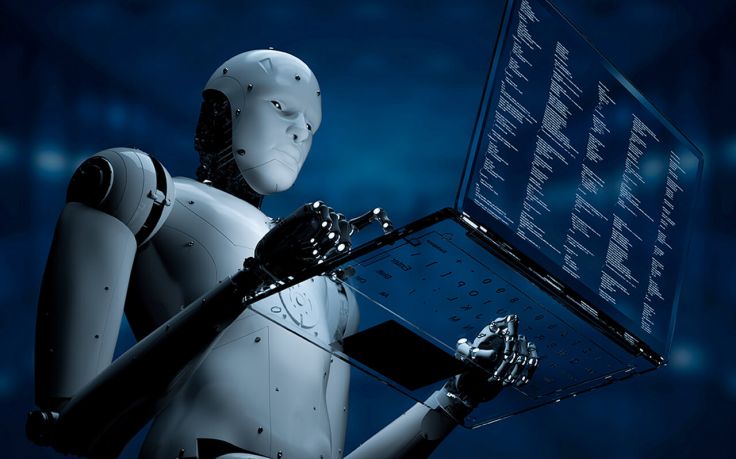Human-Machine Synergy: The Benefits and Limitations of Artificial Intelligence (AI) and Internet of Things (IoT) in the Digital Revolution
- Published
- 4 min reading

Behind the scenes, in almost every aspect of our daily activities, machines are quietly implementing algorithms that secure and facilitate our digital lives. Social media, cars, health services, banking and finance, even city infrastructure – they are all connected by the Internet of Things and their smooth operations rely heavily on artificial intelligence. Discover the strengths and limitations of AI and IoT.
The rise of AI in IoT fields, though, doesn’t mean that the machines have taken over. Rather, it represents a synergy between the sheer speed and logical capability of processors and the goals and expertise of their human programmers. In other words, computers implementing IoT artificial intelligence algorithms are taught by humans, and in turn can help those same humans learn more about the capabilities and applications of new digital technologies.
Where does this synergy begin? Nowadays, it’s usually, with a business need (in, for example, the telecommunications industry) to deliver the highest level of customer service and satisfaction. This means optimizing resources, costs and personnel – very often through harnessing new technologies such as network function virtualization and software-defined networking to automate processes to the greatest extent possible. Automation in itself requires solutions that can first be taught to recognize certain data patterns, and then left to fine-tune their reactions to such patterns.
AI and IoT provide various applications for telecoms
This might find application in the telecommunications industry (when the network can adjust itself to account for highs and lows in demand at a given time or in a specific cell location), in the automotive sector (a connected car might, for example, be immobilized remotely if suspicious mileage or out of area activity is noted), or in banking (where repeated anomalies can result in an account or card being frozen without the need for human monitoring or interaction). AI can also be used in this way by field service providers, who can deploy solutions to monitor physical devices for potential errors and adjust their operation or arrange a service visit before problems actually arise, or in remote monitoring devices for patients who have health-threatening conditions but don’t need or want extended hospital stays. In logistics, too, IoT artificial intelligence solutions play a role; consider the shipping industry, in which one company remotely monitored power used by refrigeration units to optimize generator operations – saving $6.5 million in just one year.
But, it’s important to know the limitations of artificial intelligence and Internet of Things applications
First, there is no question that machines can only function – and learn – within the framework specified by the operator and in accordance with their goals. Processors can deal with data analytics of a complexity and speed that the human mind could never hope to match, but at the end of the day, the way they do this is firmly in human hands.
Second, there is not always a good business case for using AI in IoT operations. In cases of raw data sets, particularly if these are particularly extensive, it would be less time-consuming for human operators to first optimize the process so that the solution can arrive quickly at a specific goal. One example might be in devices with software that “learns” their users’ work locations and can plan the best route there each time. Optimizing this process with an algorithm (which can be as simple as directing the device to look for a repeated travel destination between Mondays and Fridays) would save time and ultimately money.
Can the limitations of IoT and AI influence it’s usability?
The take-home from all this is that artificial intelligence and IoT solutions are here to stay – and they are proving invaluable in many business sectors; but it would be a mistake to apply AI in IoT operations blindly, without first considering the business case and goals of deploying such technology.












